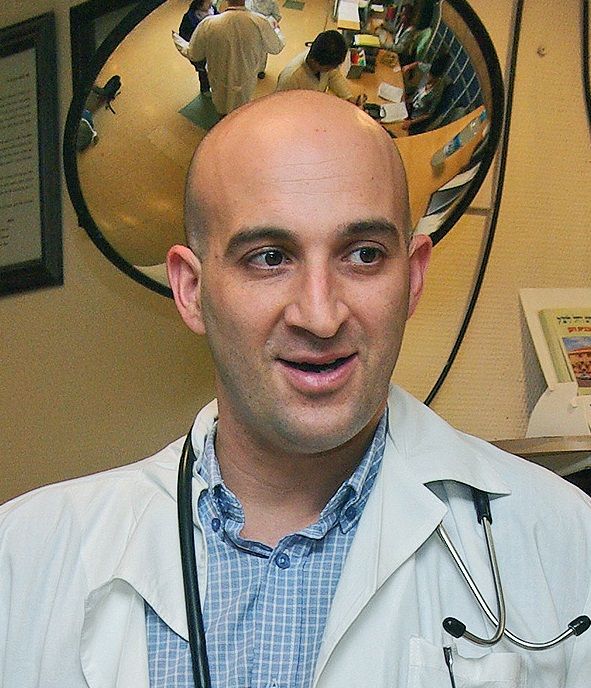Increased BMI During Adolescence Increases Midlife Stroke Risk, Analysis Finds
An analysis of nearly 2 million patients suggests an increased BMI around the age of 18 was linked to a graded increase in the risk of ischemic stroke in midlife, regardless of diabetes status.
Gilad Twig, MD, MPH, PhD

New research from investigators at the Hebrew University in Jerusalem is shedding light on the relationship between increased BMI in adolescence and stroke risk later in life.
A population-based study of more than 1.9 million children indicates increased BMI during adolescence was associated with a graded increase in risk of ischemic stroke, regardless of diabetes status.
“Our findings underscore the importance of effective treatment and prevention of high normal and excessively high BMI during adolescence,” Gilad Twig, MD, MPH, PhD, an associate professor in the Medical Corps of the Israel Defense Forces and the department of military medicine, Faculty of Medicine of The Hebrew University in Jerusalem, in a statement. “Our study is also the first to show that the risk of stroke associated with higher BMI values is the same for both men and women.”
With paired data from the Israeli National Stroke Registry and Israel Defense Forces database, Twig and a team of colleagues designed their analysis with the aim of developing a greater understanding of how obesity in adolescence might impact stroke risk among adults less than 50 years of age. Using data from all individuals evaluated from 1985-2013, investigators identified 1,900,384 individuals without a history of stroke and that were alive beyond 2014 for inclusion in their analyses.
For the purpose of analysis, patients were placed into 5 groups based on their BMI percentile. These groups were defined as less than the 5th percentile of BMI (underweight), the 5th to 49th percentile (low-normal BMI), 50th to 84th percentile (high-normal BMI), 85th to 94th percentile (overweight), and greater than the 95th percentile (obesity) for BMI.
The primary outcome of the study was defined was a first stroke event from 2014-2018. Using Cox proportional hazards modeling, investigators hoped to compare risk of the primary outcome across BMI percentile.
Of the 1,900,384 identified for inclusion, the mean age at time of medical evaluation was 17.3±0.5 years, 58% were male, and 84% were born in Israel. Overall, 9,482,130 person-years of follow-up were included in the analysis. During this time period, investigators identified 1088 incident cases of a first stroke event, which included 921 ischemic and 167 hemorrhagic strokes, with a mean age at diagnosis of 41.0 years.
Upon analysis, adolescent BMI was significantly associated with a graded increase in risk for any stroke and ischemic stroke, but investigators noted this association was weaker for hemorrhagic stroke. Compared to those in the low-normal BMI group, patients in the high-normal BMI (HR, 1.40; 95% CI, 1.20-1.64), overweight (HR, 1.97; 95% CI, 1.59-2.44), and obese (HR, 3.43; 95% CI, 2.71-4.34) groups were at increased risk for a first ischemic event after adjustment for sex, age, and sociodemographic factors.
In fully adjusted models, which adjusted for diabetes status, these patients remained at an increased risk with HRs of 1.31 (95% CI, 1.12-1.53), 1.60 (95% CI, 1.29-1.99), and 2.42 (95% CI, 1.90-3.09) for the high-normal, overweight, and obese groups, respectively, when compared to low-normal. Investigators highlighted these results persisted when dividing the cohort by diabetes status and when ischemic stroke before the age of 30 was used as the primary outcome.
“Adults who survive stroke earlier in life face poor functional outcomes, which can lead to unemployment, depression and anxiety,” Twig said. “The direct and indirect costs attributed to stroke prevention and care are high and expected to keep increasing since the rate of stroke continues to rise.”
This study, “Body Mass Index in 1.9 Million Adolescents and Stroke in Young Adulthood,” was published in Stroke.